Solar Lighting Malaysia: An Affordable, Reliable, and Environmentally Friendly Era

Renewable energy is increasingly being discussed as a possible cause and solution to the escalating environmental pollution and global warming issue. There is no doubt that traditional, industrial energy production depletes our exhaustible resources much too quickly.
As a result, this path is far from sustainable and, in the not-too-distant future, will generate numerous issues of a far greater magnitude than the one we are presently confronting. However, the bleak situation may be reversed as scientists work relentlessly to develop new technologies that are more environmentally friendly.
Solar energy has been identified as one of the most effective of all inexhaustible and renewable energy sources in recent decades, and many nations are already doing a wonderful job of encouraging individuals and businesses to invest in solar panels. The energy gathered by solar panels may be utilized for a variety of reasons, one of which is to produce solar lighting – a lighting system that generates and stores its own energy from its own source.
Here’s an overview of what solar lighting is and how it may be beneficial to our environment.
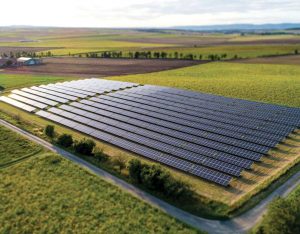
What is Solar Lighting?
Solar lighting may be conceptualized in a variety of ways. The sun either provides direct light, such as through a window or skylight, or captures sunlight for later use, such as with photovoltaic lighting.
Each of these methods below for using the sun for lighting has different variants, allowing you to discover the ideal solution for your needs. For example, if you want to provide light to an outdoor place at night, off-grid solar lighting systems are the greatest solution. It works for small landscape and residential’s pathway lighting installations, as well as large-scale projects for manufacturing sites, parks and recreation, construction site, and everything in between.
Additionally, solar streetlights can also be used to provide outdoor lighting in smaller areas such as your garden or porch during the evenings and night-time.
3 types of Solar Lighting Solutions
Solar Sky Lights

Solar sky lights dim and brighten indoor lighting by interacting with the sun and clouds. This technology is an excellent way to conserve energy spent on lights since it can detect the availability of sunlight during the day and give the appropriate amount of indoor lighting based on criteria such as the amount of sunlight, cloudiness, and more.
These panels are usually installed on rooftops, and because of their usage and purpose which is to give merely lights rather than energy for the entire house, they are much smaller and easier to maintain than solar panels meant to generate greater amounts of electricity.
Photovoltaic Lights
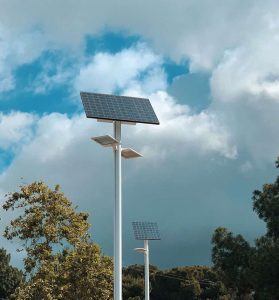
Solar lighting is also referred to as an off-grid solar lighting system. The photovoltaic (PV) effect is used in a solar panel or photovoltaic cell to gather solar energy during the day and store it in batteries for use at night.
After being collected, the energy is stored in a rechargeable gel cell battery and used to provide lights later in the evening when there is no sunlight. The light is turned on by an intelligent controller, which uses the stored energy to turn on the LED light.
The panel is made up of several layers of crystalline silicon as well as other chemicals that may create layers of negatively charged electrons and positively charged spaces. The sunlight, after passing through the solar cell, activates negatively charged electrons and forces them into positively charged spaces.
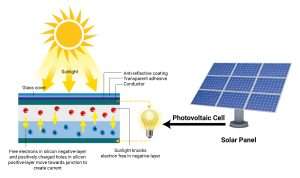
These systems are referred to as grid-free or stand-alone since they produce their own power at that precise location. There is no grid power utilized, and there are no moving parts to worry about breaking.
Hybrid Solar Lights

Grid-interactive is also often known as hybrid systems. There are three types of hybrid systems:
>> Has only solar panels and no batteries
This system normally includes a meter, and the energy it creates while the sun is out is sent straight into the grid. These are common in locations where utilities offer incentives for power generation. These systems, which are often installed on light poles, do not give any power to the light. It is also known as peak reduction units.>> Incorporates a solar module, a battery with a lighting system
The solar generates power, stores it in a battery, and powers the light for a certain number of hours. The system then returns to grid power. This approach is common in situations when energy is available at the pole but the customer wishes to offset the cost of electricity. Either the light fixture must be bright, and the solar must be huge enough to operate it on its own, or the pole exists but is restricted in the number of batteries and solar that can be mounted to it.>> Solar-wind hybrid
This hybrid system, which is made up of solar modules and a small wind turbine, deep cycle batteries, a controller, and one or more street lights, gathers energy from both wind and solar and stores it in deep cycle batteries to power street lights at night. The system will offer a reliable and constant supply of electricity to power the street lighting by using a combination of wind and solar resources.Even when it is a cloudy day, a stable supply of electricity is generated! Through the use of an intelligent sensor system, the lighting starts automatically when the surroundings turn dark. An automated controller will turn on and off the LED lights, providing 8-10 hours of lighting every day on average.
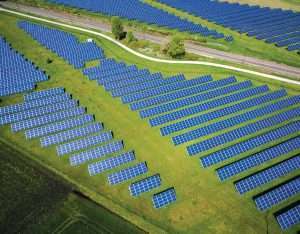
Let’s discover the Advantages of Solar LED Lighting
- Solar Lighting Promotes Environmental Sustainability
Solar street lighting is a green alternative. Natural gas will be utilized continuously to generate energy for conventional street lights if they are not installed. Because solar energy is converted to light, solar street lights reduce the environment’s dependency on fossil fuels. As a result, fossil fuels are being conserved and used for other essential purposes. A decrease in greenhouse gas emissions into the environment is another significant outcome.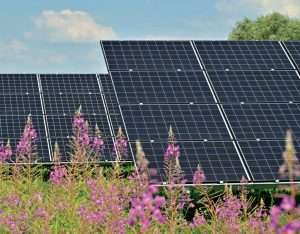
- Solar Lighting Promotes Environmental Sustainability
- Solar Lighting Creates Social Change
Lighting improves the perception of safety. A place will become more user-friendly if it is surrounded by solar street lights or off-grid solar power. This is generally applicable to parks, streets, and even roads. You will be able to encourage more use of these places with these lights. They encourage walkability and offer opportunities for productive activities late at night or early in the morning such as jogging, cycling, walking, hiking, and so on.
- Solar Lighting Creates Social Change
- Solar Lighting is Cost-Effective
Switching to solar commercial lighting reduces the monthly electricity bills and steers clear of future charges due to infrastructure repairs. It improves community infrastructure by offering long-term savings for the city since solar lighting is not connected to the national electricity grid and does not consume electricity from providers. Furthermore, the installation of solar lighting requires less maintenance and cost. There is no subterranean trenching needed in placing the poles, therefore less heavy equipment is required. Wattage consumption is also reduced while maintaining lighting quality.
- Solar Lighting is Cost-Effective
- Solar Lighting is Environmentally Friendly
Solar lighting does not require fossil fuels; instead, it relies on renewable energy from the sun. As a result, solar street lights help to save and protect resources. Because trenching is no longer required for wiring, there is no environmental damage during installation maintenance. They can nevertheless give light in isolated and sensitive locations. The major reason why solar lighting is planet-friendly is that it discharges less carbon dioxide into the atmosphere. Too much carbon dioxide in the atmosphere can significantly contribute to climate change.
- Solar Lighting is Environmentally Friendly
- Solar Lighting Produces Brighter Illumination and Less Heat
Bright lights are always related to more heat. However, this is not the case with LED lights. LED lights have an efficiency that ranges between 80 and 90 percent. That is, the light they emit is made up of 80% illumination and 20% heat. Furthermore, because solar lights are a steadier light source, they provide greater illumination for human activities. Because solar street lights are solid-state, they have a longer lifespan than traditional street lights.
- Solar Lighting Produces Brighter Illumination and Less Heat
- Solar Lighting Reduces Carbon Footprint
The usage of incandescent bulbs and compact fluorescents in traditional street lights is frequently linked to hazardous greenhouse gas emissions. Because solar energy eliminates the combustion of fossil fuels, it reduces greenhouse gas emissions. Solar street lights, on average, lower the carbon footprint by 80%.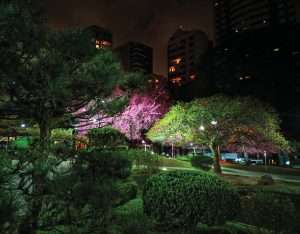
- Solar Lighting Reduces Carbon Footprint
- Solar Lighting Encourages Plant Growth
According to research, plants are harmed when they are exposed to artificial lighting. Solar garden lamps, on the other hand, generate cool lighting, allowing plants to develop more quickly and steadily. Traditional lights may accumulate toxic compounds like nitrate, which can be dangerous to individuals. Solar street lights, on the other hand, do not collect harmful pollutants. They emit relatively little light in the UV spectrum, making them less visible and appealing to bugs and insects.

Conclusion
In the long run, you will discover how solar lighting saves energy, money, and time while also enhancing people’s lives through its environmentally friendly influence.
Have difficulty finding the right lighting solution for your project needs? Not knowing where to start for your lighting plan?
When you need to light up an area or require a solar alternative, talk with EvoGreenTech now to assist you to design the perfect system tailored to your specific lighting needs.
